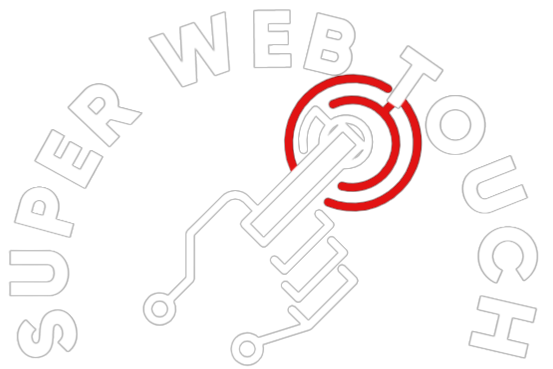When it comes to estimating the required time to turn an idea into a project, non-technical clients often do not understand what a developer’s time consists of and why a particular function is implemented faster than others. In this article, we’ll walk you through the modules that are the easiest way to speed up the development process and reduce the time and costs required. A module is a ready-made part of a program that contains one or more functionalities, allowing you to reuse its code. Modules make a programmer’s job easy and faster by allowing the programmer to focus on only one difficult area of the functionality of the software application. This also guarantees a reduction in costs at the development stage, since developers do not waste time creating functionality already created by someone, but reuse the ready-made code.
Stripe — Best Solution for Recurring Payments and Subscriptions
A subscription model is a business model in which a customer must pay a recurring price at regular intervals to secure her access to a product or service. Rather than selling products with a one-time off-price, a subscription offers periodic (daily, weekly, bi-weekly, monthly, semi-annual, annual, or quartiles) cash flows for sellers and more flexibility for customers. The implementation of recurring payments and subscriptions recycling is one of the most frequent requests we receive from our business clients. Recurring payments are regular payments, of which the payer confirms only the first one, and the thereafter following payments are made automatically. Most often, our clients ask to organize a multi-tier subscription – each membership option allows access to a different set of content and differs in price and payment frequency.
How to integrate these functionalities?
Stripe Billing is the most popular way to set up recurring payments and subscriptions. Vasterra’s team uses the Stripe plugin to implement a comfortable subscription form for both subscribers and business owners. For instance, one of our e-learning customers asked our team to configure Stripe so that the payments from students are directly debited to the trainers account instead of running through corporate accounts. Moreover, Stripe also allows us to implement tiered subscription access for a music streaming customer ultimately guiding the various access levels.
Besides Stripe Billing, Stripe Connect offers an additional fast and secure way to implement any payment method on your website. Read more about the payment solutions in our case for the EdU e-learning platform.

Google Maps — Impressive Geo-Features in One
In today’s location-based environment, geospatial data is gold. Visualizations including a map make a lasting impression on any client. In some industries, maps are the most functional element when it comes to conveying information effectively.
For example, in the real estate industry, maps are used to plan expansions, overview projects and visualize the footprint of a given company We’ve also seen travel apps that give you discounts when you’re near partnered businesses based on geospatial data. Finally, we’ve seen these maps being used in incredibly interesting ways. Lego and Chrome teamed up for their initiative “Build with Chrome”, an experiment that gamified geospatial mapping by allowing users to build Lego objects on Google Maps.
Google Maps is the map service with the largest user base on the planet. More than a million users open Google Maps every day, which means that its functions and appearance are familiar to the whole world. When it comes to embedding a map in an application, our developers offer the most diverse functionality based on Google Maps.
Firebase — Ecosystem of Modules
Firebase is a whole ecosystem of modules that provide a wide range of features from cloud databases to web notifications. In this article, we focus on just one part of the core Firebase library – namely the one that helps avoid the long coding time of a new registration system.
Firebase Client includes a simple and easy-to-use authentication service built on top of Firebase Custom Login, allowing you to authenticate users without any server-side code. It offers several types of authentication: email/password, anonymous, and third-party integration with Facebook, GitHub, Google, and Twitter. It allows you to authenticate your users without having to manually store authentication credentials or run a dedicated server.
